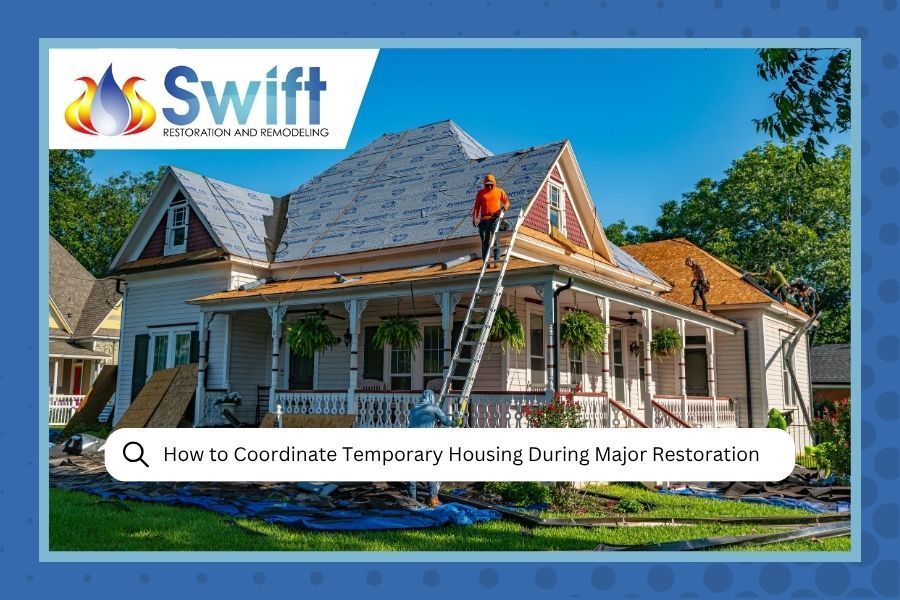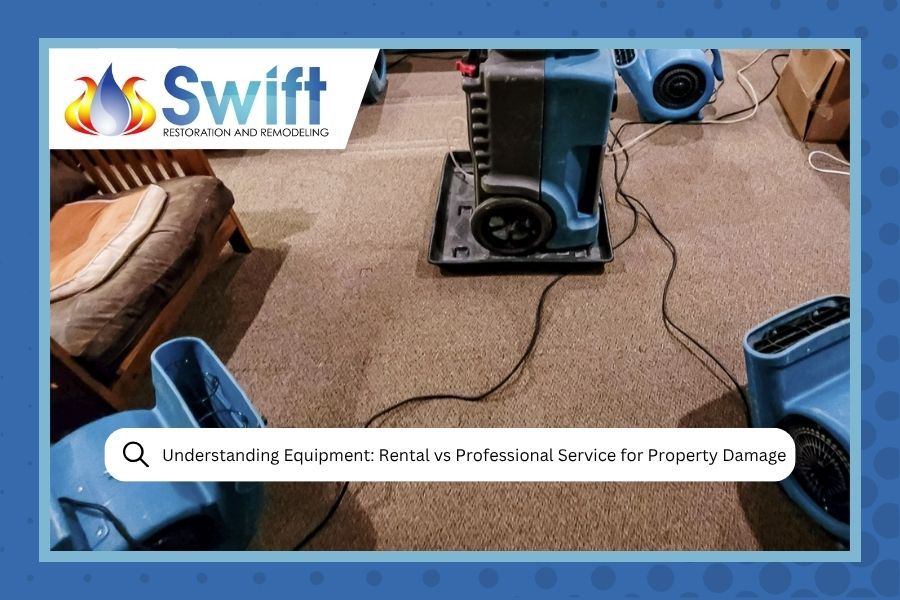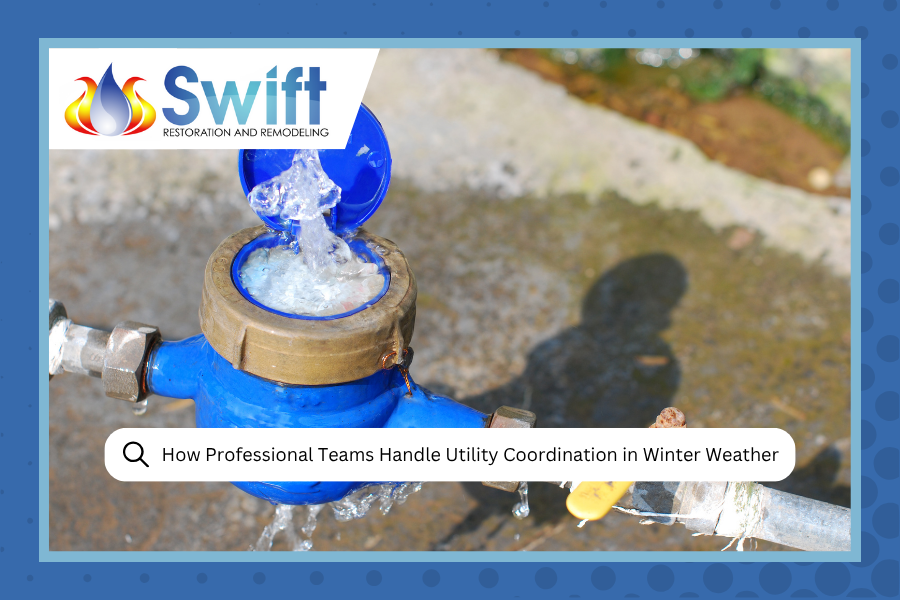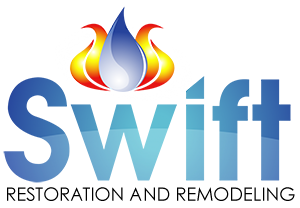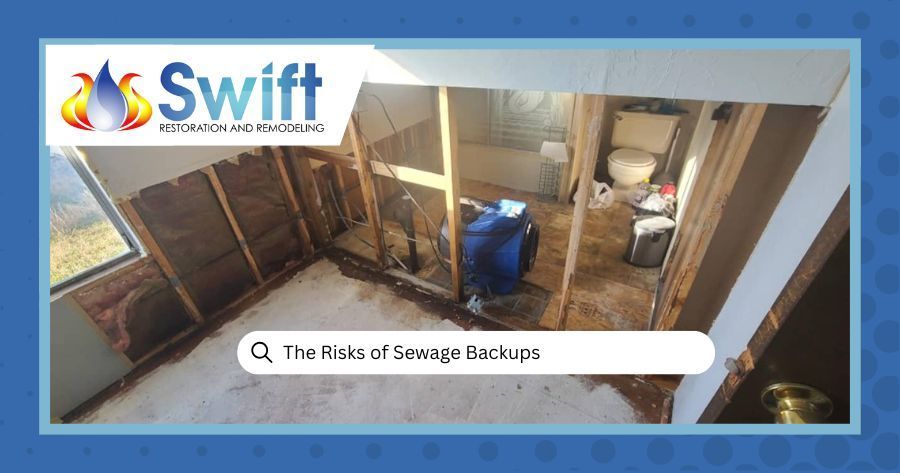
Author: Darin Jenks
Sewage backups are one of the most serious and hazardous situations a property owner can face. When contaminated water from your sewer system flows back into your home or business, it creates immediate health risks and can cause extensive water damage. Understanding the causes behind these backups and knowing how to respond quickly can make all the difference in protecting your property and your family's health. If you're dealing with sewage cleanup in Ogden, we are here for you.
For now, let’s take a closer look at the causes, risks, and prevention of sewage backups.
What Causes Sewage Backups?
Several factors can lead to sewage backups, and understanding these causes helps property owners take preventive measures and avoid potential mold after water damage:
Blocked Sewer Lines
These are the most common culprit behind sewage backups. These blockages can happen from flushing inappropriate items down toilets, such as feminine hygiene products, diapers, or excessive amounts of toilet paper. Kitchen waste like grease, food scraps, and cooking oils can also solidify in pipes, creating stubborn clogs that eventually cause backups.
Tree Root Infiltration
As trees grow, their roots naturally seek out water sources, including the moisture around sewer pipes. Over time, these roots can penetrate pipe joints or cracks, growing inside the pipes and creating blockages. Older clay or cast iron pipes are particularly vulnerable to root infiltration.
Heavy Rainfall and Flooding
Sudden and heavy rainfall can overwhelm municipal sewer systems, causing them to back up into individual properties. When storm drains can't handle the volume of water, sewage systems become overloaded, leading to backups in basements and lower-level areas.
Aging Infrastructure
In many areas, this means outdated sewer systems that weren't designed to handle modern usage levels. Collapsed pipes, deteriorated connections, and inadequate system capacity can all contribute to sewage backup incidents.
Serious Health Risks of Sewage Backup Water Damage
Sewage backup water damage isn't just a property concern - it's a significant health hazard that requires immediate attention. Contaminated water carries numerous dangerous pathogens and toxins that can seriously harm your health.
- Bacterial Infections: Sewage water contains harmful bacteria like E. coli, Salmonella, and Campylobacter, which can cause severe gastrointestinal illness, fever, and other serious symptoms. Even brief exposure to contaminated water can lead to infection.
- Viral Contamination: This is another serious risk, as sewage can carry hepatitis A, norovirus, and other dangerous viruses that spread through contact with contaminated surfaces or water.
- Parasites and Other Pathogens: Sewage water can cause long-term health problems, including intestinal parasites and various waterborne diseases that may not show symptoms immediately.
- Mold Growth: When sewage backup water damage isn't properly addressed, it leads to mold growth. The moisture and organic matter create perfect conditions for toxic mold growth, which can cause respiratory problems, allergic reactions, and other health issues.
- Chemical Hazards: These may also be present in sewage water, which is why sewage backups are considered category 3 water damage.
Prevention and Immediate Response Steps
Taking preventive measures can significantly reduce your risk of experiencing sewage backup water damage:
- Regular Maintenance is crucial for preventing backups. Have your sewer lines professionally inspected and cleaned every few years, especially if you live in an older home. Also, avoid flushing anything other than toilet paper and human waste down toilets.
- Proper Disposal Practices in the kitchen help prevent blockages. Never pour grease, oils, or food scraps down drains. Use drain strainers to catch debris and dispose of it in the trash instead.
- Tree Management around your property can prevent root infiltration. If you have large trees near sewer lines, consider having roots professionally removed before they cause problems.
If you’re wondering: What should I do immediately after discovering a sewage backup?, these are the four steps you need to follow for the best possible outcome:
- Ensure Safety First by avoiding direct contact with contaminated water. Wear protective gear if you must enter affected areas, and keep your children and pets away from the contamination.
- Stop the Source if possible by locating and shutting off the main water supply to prevent additional damage.
- Document Everything by taking photos for insurance purposes before beginning any cleanup.
- Contact Professionals Immediately because sewage cleanup requires specialized equipment, techniques, and safety protocols that only trained professionals should handle.
Why Swift Restoration and Remodeling is the Right Choice
When sewage backup water damage strikes in Ogden, UT, Swift Restoration and Remodeling provides the expertise and 24/7 emergency response you need. Our team has over 13 years of restoration experience and understands the serious nature of sewage contamination.
We use professional-grade equipment and EPA-approved disinfectants to safely remove contaminated water, clean affected areas, and prevent mold growth. Our comprehensive approach includes water extraction, structural drying, sanitization, and odor removal to restore your property to a safe, healthy condition.
We also work directly with insurance companies to help streamline your claims process, and we provide free estimates within 24 hours!
Get Professional Help for Sewage Cleanup Today
Don't risk your health or property by attempting to handle sewage backup water damage on your own. Contact our team at Swift Restoration and Remodeling at (385) 402-8536 for immediate professional assistance, orfill out this online form for a free estimate. Our experienced team is available 24/7 to respond to sewage emergencies and restore your property safely and completely.



